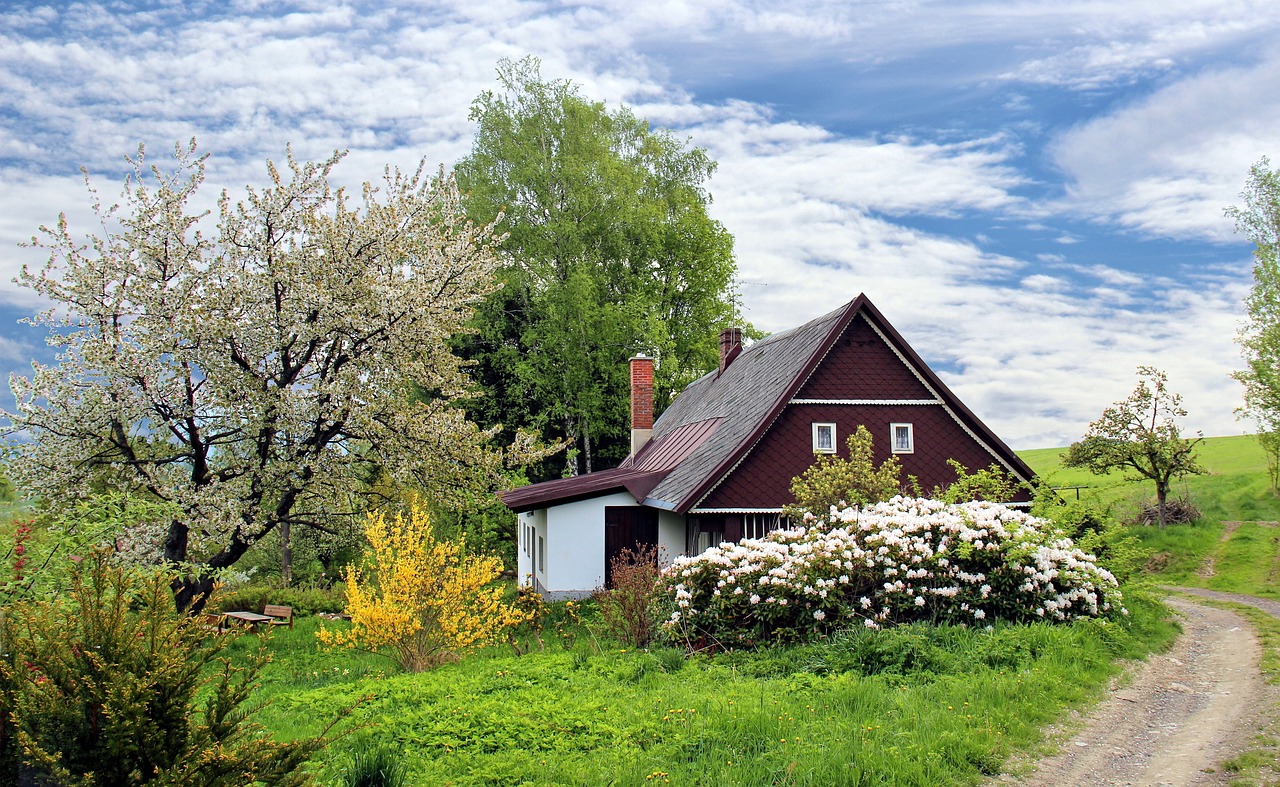
Painting your walls is one of the most effective ways to refresh your home’s interior and create a space that reflects your style. While it might seem like a simple task, achieving a flawless finish requires more than just picking up a brush and a can of paint. Whether you’re a DIY enthusiast or hiring a professional, understanding the art of wall painting can significantly enhance the final outcome.
In this blog post, we’ll explore essential techniques and tips that will help you master the craft of wall painting, ensuring a seamless and stunning finish every time. From preparation to application, these insights will guide you through the process, making your next painting project a success.
Preparing Your Walls: The Foundation of a Flawless Finish
1. Clean and Repair Surfaces
Before you even think about dipping a brush into paint, it’s crucial to prepare your walls. Start by cleaning the surfaces to remove dust, dirt, and grease. Use a mild detergent and water for washing and allow the walls to dry completely. This step ensures that the paint adheres properly and that the finish is smooth.
Next, inspect your walls for any imperfections. Fill in holes, cracks, and dents with spackling paste, and sand down the patched areas until they are flush with the rest of the wall. Skipping this step can result in a bumpy finish, as the paint will highlight any flaws on the surface.
2. Apply Primer
Priming is a critical step that many people overlook. A good primer not only seals the wall but also provides a uniform surface for the paint to adhere to, resulting in a more vibrant and consistent color. This is especially important when painting over dark colors or new drywall. Apply a coat of primer evenly across the wall and allow it to dry completely before moving on to the paint.
Choosing the Right Paint and Tools
1. Select High-Quality Paint
The quality of the paint you choose will directly impact the finish. Consider the room’s purpose when choosing paint types; for example, choose washable paint for high-traffic areas like kitchens and hallways. Glossy finishes are great for accentuating architectural details, while matte finishes can hide imperfections in the walls.
2. Invest in the Right Tools
Invest in high-quality brushes and rollers that are appropriate for the type of paint and surface you’re working on. For larger walls, a roller with an extendable handle will help you cover more area efficiently, while angled brushes are ideal for cutting in around edges and corners.
Mastering Painting Techniques
1. Cutting In
“Cutting in” refers to painting the edges of the wall where a roller can’t reach, such as around trim, corners, and ceilings. To achieve a clean, professional look, use a high-quality angled brush and apply the paint in smooth, straight lines. This technique requires a steady hand but is essential for ensuring a sharp, defined edge.
2. Using the W Technique
When applying paint with a roller, the “W” technique is a foolproof method for achieving even coverage. Start by loading your roller with paint and then apply it to the wall in the shape of a “W.” Without lifting the roller, fill in the gaps with horizontal and vertical strokes. This technique prevents streaks and ensures that the paint is spread evenly across the wall.
3. Apply Thin, Even Coats
Thick coats of paint may seem like a time-saver, but they are more likely to drip, streak, and dry unevenly. Instead, apply thin, even coats and allow each layer to dry fully before applying the next. Multiple thin coats will result in a smoother, more durable finish.
4. Blend with a Wet Edge
To avoid visible lines where one section of paint dries before you can blend it with the next, always maintain a wet edge. Work quickly and apply paint to the unpainted area next to the section you’ve just completed, blending the two while the paint is still wet.
Special Finishing Techniques
1. Stippling
Stippling is a technique that adds texture to your walls. After applying a base coat, use a stippling brush or sponge to dab paint onto the wall, creating a textured finish. This method can add depth and interest to your walls and is particularly effective for creating a rustic or aged look.
2. Smooshing
For an elegant, marble-like finish, consider the smooshing technique. Apply a coat of glaze over the base paint, then press a plastic sheet against the wall. While the glaze is still wet, gently move the sheet around to create a veined, textured effect. This technique requires some practice but can result in a stunning, unique finish.
Common Mistakes to Avoid
1. Skipping the Primer
As mentioned earlier, skipping the primer is a common mistake that can lead to uneven color and poor paint adhesion. Always prime your walls before applying paint, especially if you’re working with porous surfaces or painting over a dark color.
2. Overloading the Brush or Roller
Dip your brush or roller lightly into the paint, tapping off the excess before applying it to the wall. This technique will help you achieve a more controlled, smooth application.
3. Rushing the Job
Patience is key to a successful painting project. Rushing through the job can lead to mistakes like streaks, drips, and missed spots. Take your time with each step, allowing sufficient drying time between coats and using careful, deliberate strokes.
Conclusion
Mastering the art of best wall painting involves careful preparation, choosing the right tools and materials, and applying techniques that ensure a flawless finish. Whether you’re refreshing a single room or redecorating your entire home, these tips will help you achieve professional results that elevate your interior spaces. Investing in high-quality paint and taking the time to do the job right will pay off with beautifully painted walls that you can enjoy for years to come.